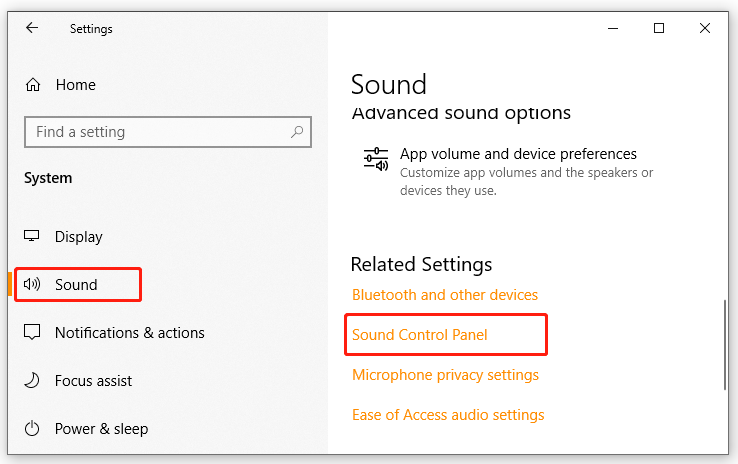

Ms-settings:maps ms-settings:maps-downloadmaps (Download maps) Ms-settings:appsfeatures-app (Reset, manage add-on & downloadable content, etc. Ms-settings:signinoptions-launchfingerprintenrollment Ms-settings:signinoptions-launchfaceenrollment The notes column also captures additional requirements that must be met for a page to be available.

Not all settings page available on Windows 10 for desktop are available on Windows 10 Mobile, and vice-versa. Whether a settings page is available varies by Windows SKU. The following sections describe different categories of ms-settings URIs used to open various pages of the Settings app: The code above launches the privacy settings page for the camera:įor more info about launching URIs, see Launch the default app for a URI.

bool result = await (new Uri("ms-settings:privacy-webcam")) īool result = co_await Windows::System::Launcher::LaunchUriAsync(Windows::Foundation::Uri(L"ms-settings:privacy-webcam")) This example shows how to launch to the privacy settings page for the camera using the ms-settings:privacy-webcam URI. Īlternatively, your app can call the LaunchUriAsync method to launch the Settings app. In this example, a Hyperlink XAML control is used to launch the privacy settings page for the microphone using the ms-settings:privacy-microphone URI. To launch the Settings app, use the ms-settings: URI scheme as shown in the following examples. For more info, see Guidelines for privacy-aware apps. If your app can't access a sensitive resource, we recommend providing the user a convenient link to the privacy settings for that resource. Launching to the Settings app is an important part of writing a privacy-aware app. Use this URI scheme to launch the Windows Settings app to specific settings pages. This topic describes the ms-settings: URI scheme. Learn how to launch the Windows Settings app.


 0 kommentar(er)
0 kommentar(er)
